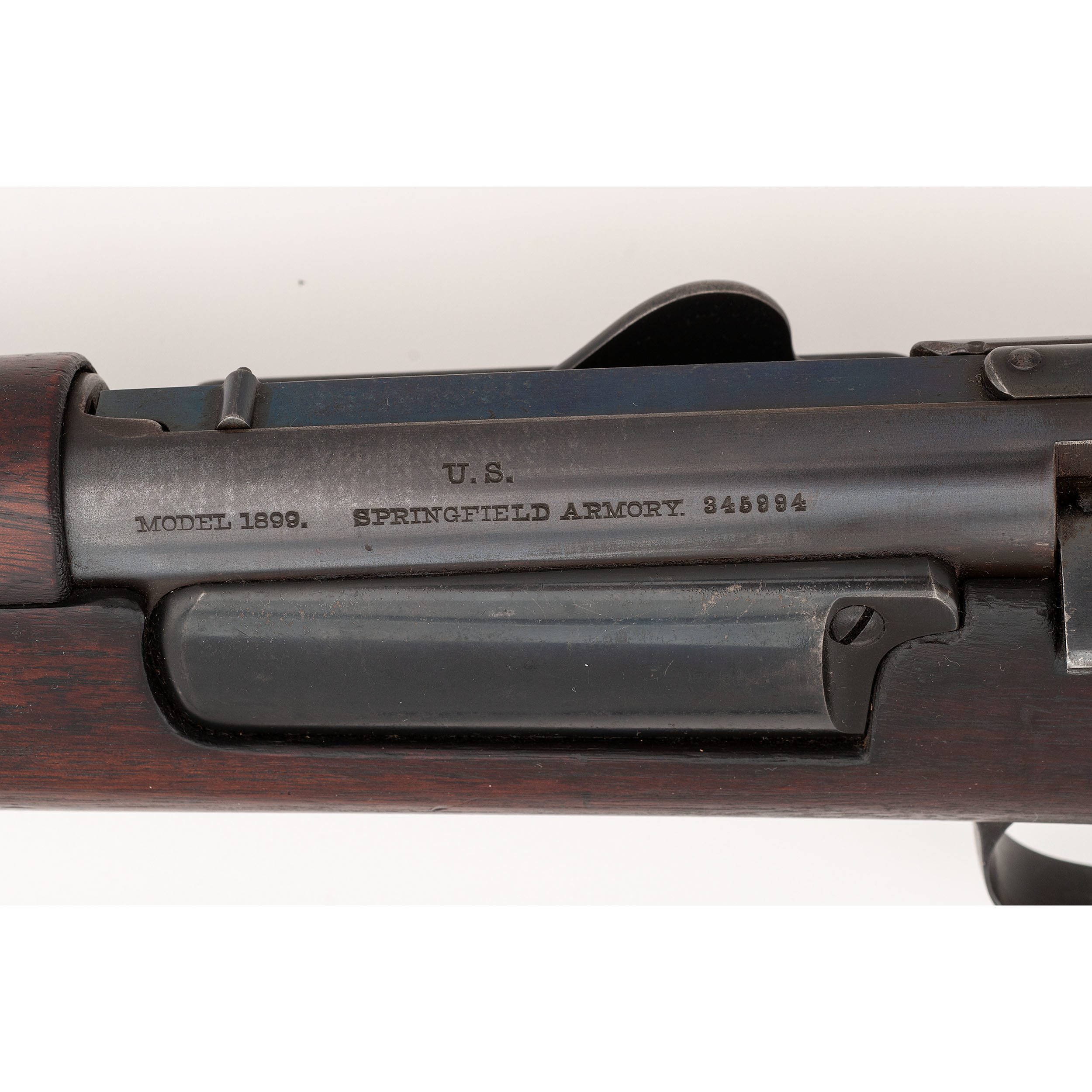There were 36,051 model 1899 carbines manufactured. There were 404 Cadet Rifles manufactured. All Krags manufactured after serial number 162000 are considered to be modern and all Federal Laws apply to transfers. THE KRAG RIFLE by William Brophy. Rare and historical krag “variant 1895” carbine, #28xxx, only three and four numbers away from two documented teddy roosevelt rough rider krag carbines! The “1895 Variant” of the later Model 1896 carbine was the U.S. Government’s first smokeless powder cartridge carbine, chambered in.30-40 Krag.
Krag Carbine Serial Number Range
M1899 Philippine Constabulary Krag-Jørgensen Carbine Rifle
- Bolt Action
- Capacity: 5 round internal box magazine
- Cartridge Caliber: .30-40 Krag (US Krags) Smokeless
- Service: 1906-1917
Springfield Krag Serial Number Lookup

The Philippine Constabulary were the native police established in 1902 by Tafts Philippine Commission which oversaw civil affairs of the Philippine Islands. It should be noted the PC’s were not soldiers as many confused them to be; they were law enforcement officers paid the Civil Philippine Commission. The Philippine Constabulary were originally issued old US military stock Springfield Trapdoor single-shot 45 rifles from the Indian Wars. During the pacification of the islands after the Phil-Am War, the Trapdoor rifle proved to be inferior when fighting in the dense terrains of the Visayas and Mindanao regions where combatants would rush out in hoards. After the first initial shot, reloading another round became near impossible. As many PC inspectors complained: the Trapdoor rifle became a one shot club.
The Springfield Trapdoors were later replaced by the Krag Carbines in early 1906. Unique to only the Philippines, the Krag full length rifles were modified and cut down to a shorter size at the POD(Philippine Ordnance Depot) in Intramurous. The Krag Carbine was also short lived, they would later be replaced by Springfield M1903 rifles by 1910(but Krags would still be in service until 1917). Less than a handful of these Philippine Constabulary Krag Carbines exist today. Making them the mostly highly sought after and prized rifle of all Krag models by gun collectors and
Springfield Krag Jørgensen Rifle
30 40 Krag Rifle Value
- Manufactured: Springfield Armory(under license by Krag Jørgensen)
- Design: Norwegian
- Weight: 8.6lb
- Length: 49″
- Barrel length: 30″
- Cartridge Caliber: 30-40 Krag Smokeless
- Capacity: 5 round internal box magazine
- Service in US Army: 1892-1903
- Service in Philippine Constabulary: 1906-1917

The US Army adopted the Krag rifle in 1892. Springfield would produce several different variants of the Krag from 1892 to 1899 at their plant in Massachusetts. An estimated 500,000 rifles were produced at Springfield Armory. Production ceased in 1904. The Krag would be the rifle credited for winning the Spanish American War, as well as the Philippine American War. It still remains synonymous to the Span-Am War era.
The Krag how ever was very short lived. It only saw two short wars and was already proven to be outclassed, out matched, and obsolete during the first war. The Spanish Mauser proved to be a better all around performer, as well as being a more robust war rifle than the Krag. Loading the Krag was also tedious, as it required loading one round at a time in to the box magazine, where as the Spanish Mauser took 5 round stripper clips that allowed for extremely fast reload. The Mauser was the superior rifle of the two wars, but the American soldiers outnumbered and out-gunned the Spanish and Filipino soldiers armed with Mausers. By 1901 Springfield had developed a new and improved battle rifle that incorporated features and characteristics of both the Spanish Mauser as well as the Krag. The US Army soon adopted Springfields new rifle and named it the M1903. The M1903 were quickly mass produced and outfitted to US Regulars. The Krags however would still find a niche in service. By 1905 the Krags would be re-issued to the Philippine Constabulary and other provincial police departments around the Philippines.
Researched and written by Dnvzs Zjzllg